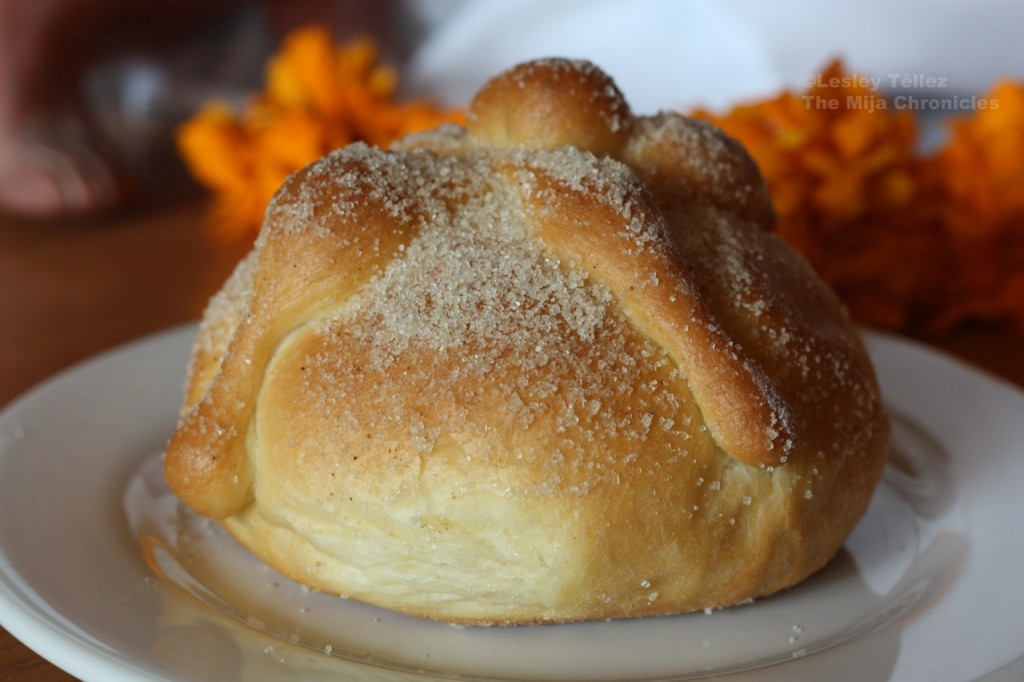Up until this year, I wasn’t quite sure what the typical Day of the Dead Foods were in Mexico, beyond the traditional pan de muerto, candied sweets and hot chocolate. I had an idea of the sweets, but what about the savory stuff?
I did some research and it turns out that Day of the Dead foods vary across the country & Mexican culinary traditions, savory Day of the Dead foods can include tamales , enchiladas, barbacoa, pozoles, mole, caldos, atoles, and the requisite candied sweets and pan de muerto, in all shapes and sizes. The foods seem to be as varied as the styles of altars.
Many of these regional Mexican foods haven’t quite made an inroads in popular American home kitchens yet. But here are five Mexican recipes I found that would do perfectly well for any Day of the Dead meal in the U.S. The holiday is celebrated in Mexico mostly on Nov. 1 and 2.
1. Champurrado.
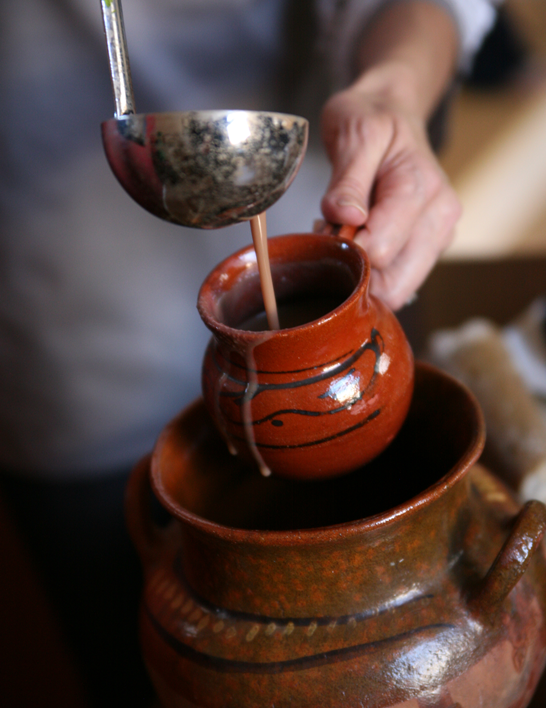
Champurrado, courtesy of Muy Bueno Cookbook.
Champurrado, generally speaking, is a thick drink made from masa diluted in water, chocolate and cinnamon. Grandmothers and food vendors in Mexico City, according to Ricardo Muñoz Zurita’s Mexican food dictionary, insist that real champurrado contains only water, piloncillo, cinnamon and pinole, a non-nixtamalized, toasted corn. The drink is also made in various other ways across Mexico. Muy Bueno Cookbook’s recipe calls for making it with masa harina, star anise, milk, cinnamon and piloncillo.
2. Pumpkin and Chorizo Tamales.
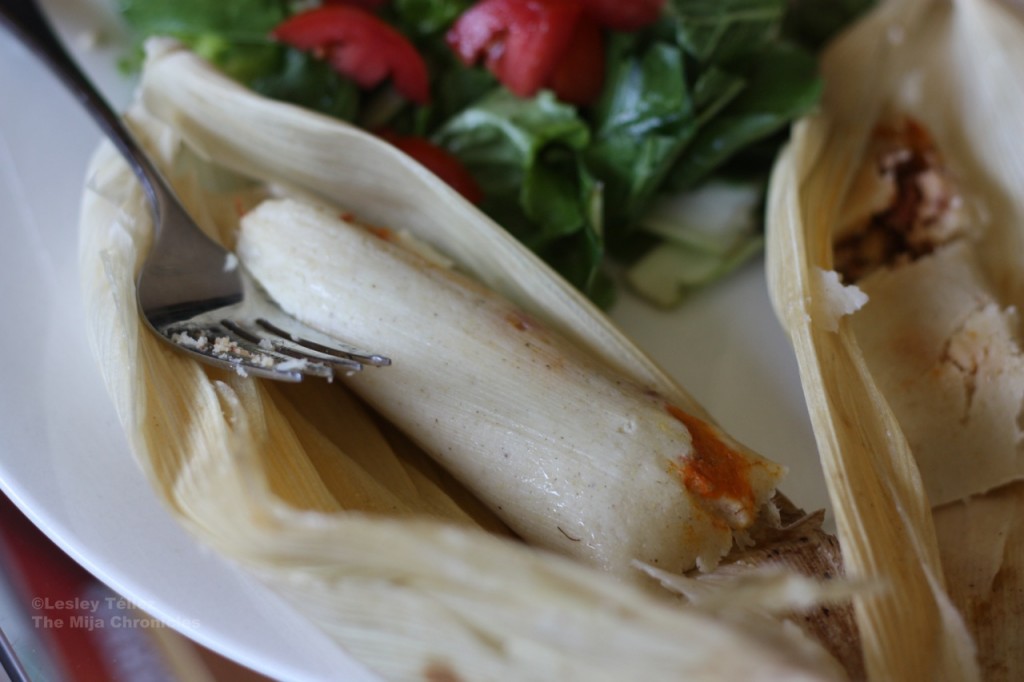
sweet-and-savory tamales that are perfect for breakfast. (Or placing on an altar.) I used nixtamalized coarse-ground harina de maíz that I bought at Mercado de la Merced in Mexico City, but if you don’t have access to that, any coarse-ground masa harina for tamales would work fine. The chorizo here is also more of a Spanish style, not the softer Northern Mexican style, but of course you’re free to use what you like best.
3. Mole.
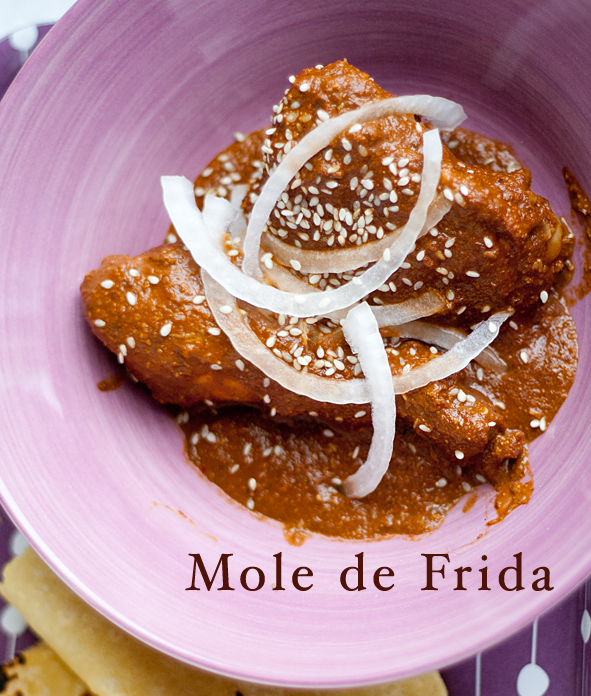
Frida Kahlo’s mole, by Tasty Trix.
The Frida Kahlo Museum in Mexico City actually has the artist’s mole recipe on a billboard. Blogger Tasty Trix took a picture on her last visit and then made the dish at home. Trix herself says: “I absolutely fell in love with the food in Mexico City, and I knew when I got home I wanted to try to recreate as many of the wonderful dishes I had as possible. …It was beautifully complex and there were notes of bitter chocolate, cinnamon, peppers, and nuts.” I’d highly recommend the cookbook Frida’s Fiestas if you’re interested in learning more about dishes of the time period, and what Frida might’ve eaten.
4. Calabaza en Tacha (Candied Squash).
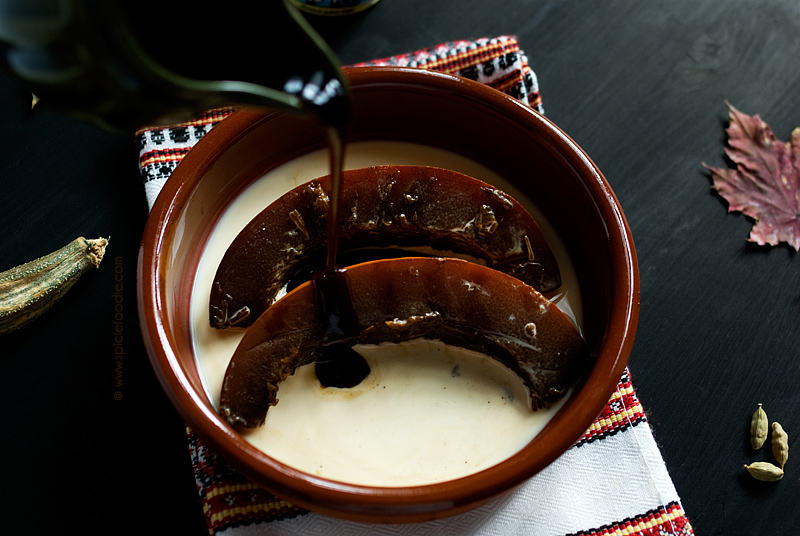
Calabaza en Tacha by Spicie Foodie.
Calabaza en tacha is a typical fall dessert in Central Mexico, comprising squash that’s been cooked in a sugar syrup until it softens into creamy pudding. In Mexico City markets, you’ll often see a whole small squash poked with tiny holes, shellacked in syrup, a dark-brown wedge sitting out for passersby to try. (Vendors will offer a taste with a small spoon. You must try it if you’re visiting.) There aren’t many recipes for calabaza en tacha in English on the Internet, but I really liked Spicie Foodie’s version, which contains molasses and cardamom.
5. Pan de Muerto.
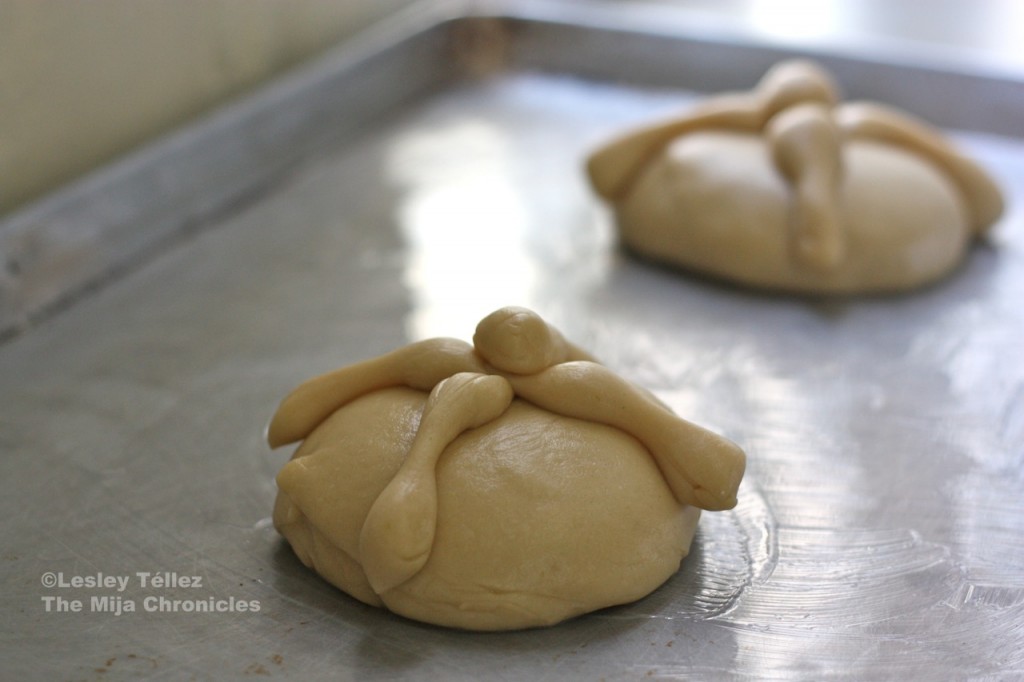
The most well-known Day of the Dead food, pan de muerto is a sugary, buttery bread that’s lightly flavored with orange blossoms (agua de azahar), and draped with what are supposed to be knobby “bones” on top

